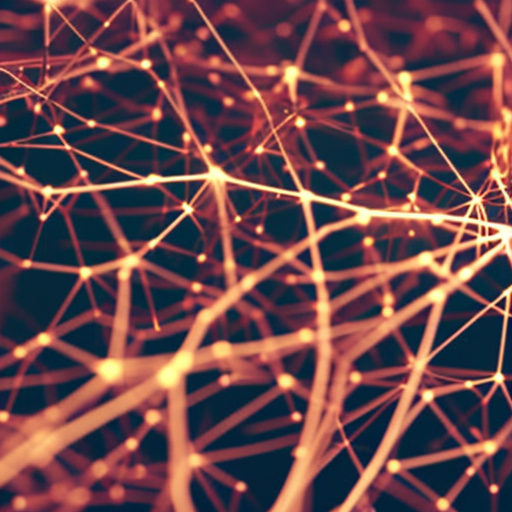Summary:
Neural networks are a type of machine learning model inspired by the human brain. They consist of interconnected nodes, or “neurons,” that process and transmit information. Neural networks have gained popularity due to their ability to learn from data and make predictions or classifications. They have been successfully applied in various fields, including image and speech recognition, natural language processing, and autonomous vehicles.
Introduction:
Neural networks are a subset of machine learning algorithms that mimic the structure and function of the human brain. They are composed of interconnected nodes, or “neurons,” that process and transmit information. Neural networks have gained significant attention in recent years due to their ability to learn from data and make accurate predictions or classifications.
Structure and Function:
Neural networks consist of multiple layers of interconnected neurons. The input layer receives data, which is then passed through hidden layers before reaching the output layer. Each neuron in the network receives input from multiple neurons in the previous layer and applies a mathematical function to produce an output. This output is then transmitted to the next layer of neurons.
Training Process:
The training process of a neural network involves adjusting the weights and biases of the neurons to minimize the difference between the predicted output and the actual output. This is achieved through a process called “backpropagation,” where the network learns from its mistakes and updates its parameters accordingly. The training data is typically divided into training and validation sets, with the latter used to evaluate the network’s performance and prevent overfitting.
Types of Neural Networks:
There are several types of neural networks, each designed for specific tasks. Some common types include:
- Feedforward Neural Networks: The most basic type of neural network, where information flows in one direction, from the input layer to the output layer.
- Recurrent Neural Networks (RNNs): These networks have connections that form loops, allowing them to process sequential data, such as time series or natural language.
- Convolutional Neural Networks (CNNs): Designed for image and video processing, CNNs use specialized layers, such as convolutional and pooling layers, to extract features from visual data.
- Generative Adversarial Networks (GANs): These networks consist of a generator and a discriminator that compete against each other. GANs are used for tasks like image generation and data synthesis.
Applications:
Neural networks have found applications in various fields, including:
- Image and Speech Recognition: Neural networks have achieved remarkable success in tasks such as image classification, object detection, and speech recognition. Deep learning models, which are based on neural networks, have surpassed human-level performance in some image recognition benchmarks.
- Natural Language Processing (NLP): Neural networks have revolutionized NLP tasks, such as machine translation, sentiment analysis, and text generation. Recurrent neural networks and transformer models have been particularly effective in processing sequential data.
- Autonomous Vehicles: Neural networks play a crucial role in autonomous vehicles, enabling tasks such as object detection, lane detection, and decision-making. Convolutional neural networks are commonly used in computer vision systems for autonomous driving.
- Healthcare: Neural networks have been applied to various healthcare tasks, including disease diagnosis, drug discovery, and medical image analysis. They have shown promising results in detecting diseases from medical images, such as cancerous cells in histopathology slides.
Conclusion:
Neural networks are powerful machine learning models that have revolutionized various fields. Their ability to learn from data and make accurate predictions or classifications has made them indispensable in tasks such as image and speech recognition, natural language processing, autonomous vehicles, and healthcare. As research in neural networks continues to advance, their applications are expected to expand further, leading to even more breakthroughs in science and technology.












